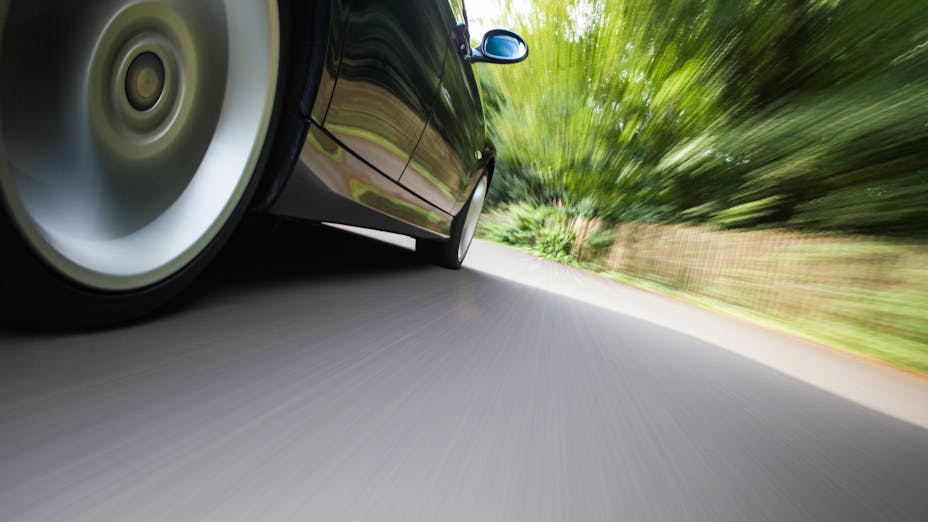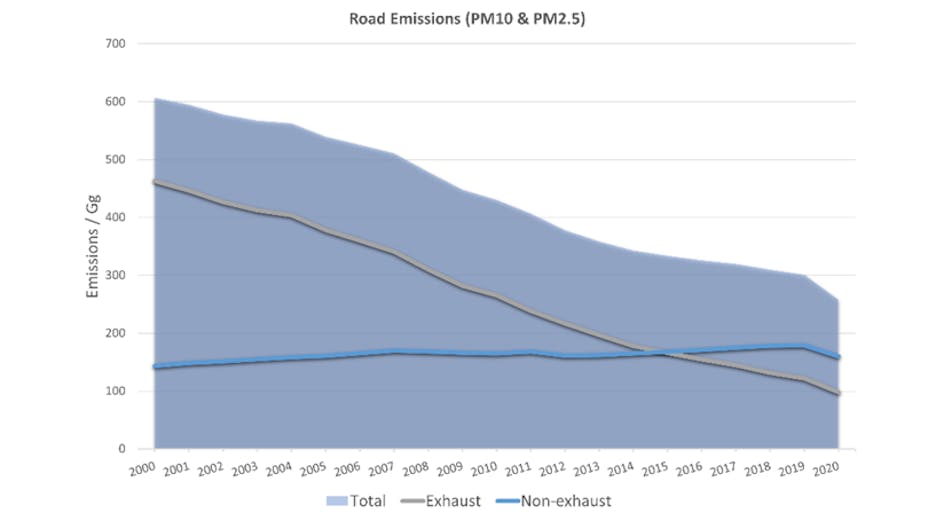This article discusses the increased take-up of Electric and Hybrid Vehicles and what this means to manufacturers of cars, brake systems and brake pads.

Euro7
Euro 7 is the latest emissions standard proposed by the European Commission that will apply to all newly registered passenger cars in the EU from 1 July 2025
Whereas in the past, the standards focused on exhaust emissions, Euro 7 will also regulate non-exhaust emissions from passenger cars for the first time. Euro 7 aims to limit the amount of particulate matter (PM) emitted from brake pads and tires, which can have substances that can pose a potential risk to human health. According to the proposed regulation, the limit for particulate matter emitted from passenger car brake pads will be 7 mg/km. The regulation is also proposed to be applied to all commercial vehicles as well, starting from July 2027. Homologation of brake systems for Euro 7 are being proposed to be tested in done following a United Nation General Technical Regulation (UN GTR).
The details are still being finalized by the International Working Group on Particle Measurement Program, but the proposed method for light vehicles is based on a modified Worldwide harmonized Light vehicles Test Procedure (WLTP). In order to follow Euro 7, the friction industry will have to develop innovative technologies and materials to reduce PM emissions while safeguarding braking performance.
Increasing electrification of cars is leading to an increased focus on contribution of non-exhaust emission. Earlier regulations primarily focused on exhaust emissions, which had a significant impact. The data collected by EEA shows the drop in overall emissions in EU27 from the year 2000 till 2020. When the data is split up into exhaust and non-exhaust emissions, it becomes apparent that starting from 2015, non-exhaust emissions have overtaken exhaust emissions. This trend highlights the need for the reduction of these emissions.
Electrification and Euro 7
Electric vehicles (EVs) are also affected by the Euro 7 emissions regulations. While EVs reduce emissions through regenerative braking, they still require friction brakes for safety and emergency situations. It is important to note that the homologation of a brake system is independent of the size of the car, which means that the same limit applies to all cars. However, for hybrid and electric cars a factor will be applied to the results of the WLTP testing done for that brake system. This factor compensates for the fact that EVs’ brake pads will not be used as often due to regenerative braking technology.
Although, the use of regenerative braking systems can effectively reduce emissions but might lead to corrosion of brake components due to reduced usage of brakes. The industry has already been working very intensively to come up with solutions to reduce or eliminate corrosion effects in EV. Thus, while looking at the raw materials for brake pads, careful consideration is given to their corrosion properties. Furthermore, due to regenerative braking, the temperature experienced by brake pads is comparatively lower than in internal combustion engines (ICEs). As a result, NAO non-steel materials become more attractive due to their reduced wear and enhanced corrosion properties.
In summary, while electrification of passenger cars presents its own sets of challenges, ultimately it will lead to a pronounced decrease in brake emissions when compared with ICE vehicles.
Rotor-Pad Couple
The implementation of the brake particulate emission regulation is driving changes and innovation in the friction industry. The short timeline for compliance has resulted in parallel developments across the industry. To address the issue of emissions, the industry is employing various methods, such as implementing coated rotors and shifting towards NAO (Non-Asbestos Organic) non-steel formulations. It is becoming increasingly clear that treating the rotor and pad as a system is crucial. Whenever one side undergoes a change, like coating the rotor, it’s essential to make corresponding adjustments on the other side as well. By recognizing the constructive interaction of the rotor and pad, we can optimize the system’s efficiency and adapt to any modifications made to either part.
Currently, in the EU the vast majority of brake systems that are in use in ICE vehicles do not meet the Euro 7 standard. In the EU, low steel formulations are primarily used in brake pads to withstand the elevated temperatures generated during high-speed braking. Using low steel formulations with standard grey cast iron disc pads can result in increased emissions due to the abrasive nature of these materials. The industry is striving to develop a more universal formulation that combines the benefits of both low steel and non-steel formulations. We discuss this trend in detail in one of our earlier blog post.
Moving towards NAO non-steel friction materials is a logical step to reduce emissions, given their reduced abrasive nature. Mineral fibres are used commonly in NAO friction material due to their excellent reinforcement properties and their ability to stabilize the friction level. Use of mineral fibres in the brake pads leads to lower emission from the rotor and the pad. Lapinus mineral fibres are known to reduce wear in brake pads using mechanisms such as Reservoir Effect and Anchoring Effect.
PM, PN and Chemistry of Emission
The Euro 7 regulation only addresses particulate matter that is below PM10. However, there are ongoing discussions about the number of particles (PN) and the chemistry of emissions. Achieving a deep understanding of the interplay between raw materials in the friction material is essential to control emissions. This process would also involve optimizing the particle size distribution of brake emissions.
In the future, the chemistry of the particles emitted from brakes will come under scrutiny as well. There is already a precedent for regulating the chemistry, such as the ongoing removal of copper. With a growing awareness of the environmental and health concerns surrounding brake emissions, it is likely that more (strict) regulations will be implemented in the future.
